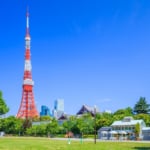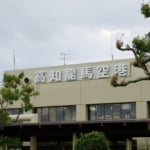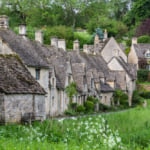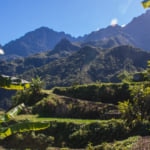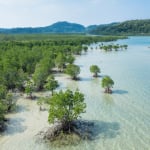Name: Kasuga Taisha Shrine
Address: 160 Kasugano-cho, Nara City, Nara Prefecture
Official Website: www.kasugataisha.or.jp
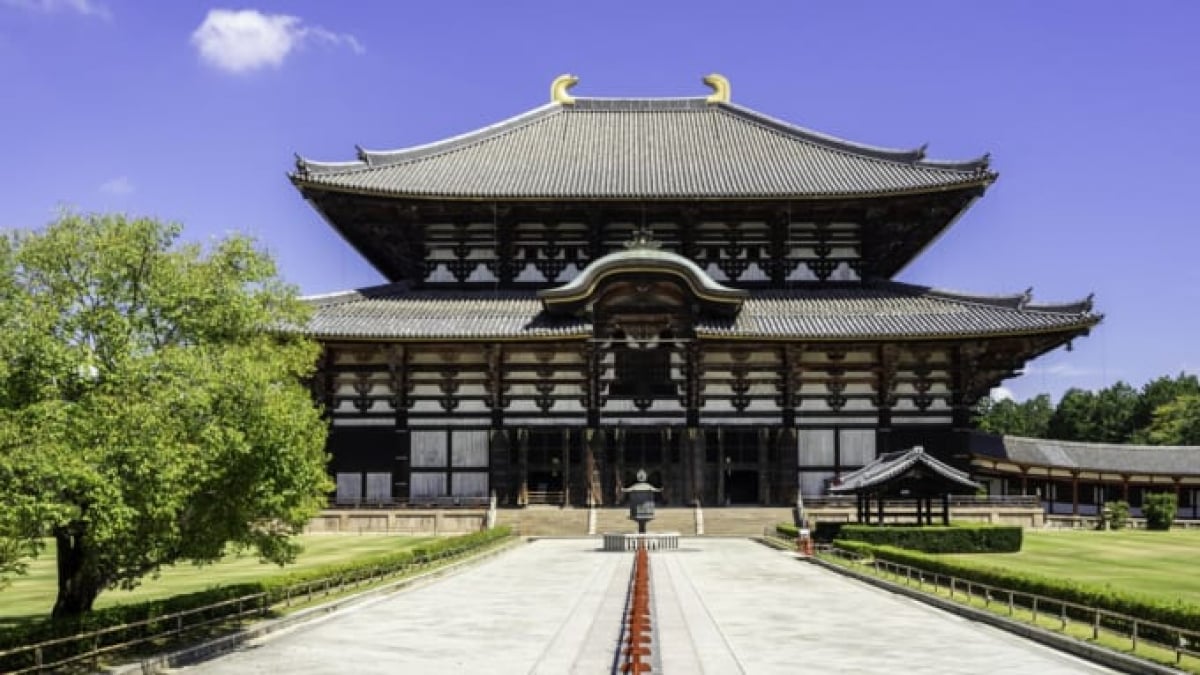
Must-Visit Power Spots! 5 Sacred Places in Nara Prefecture
Nara Prefecture is a spiritual sanctuary with many of Japan’s most famous power spots. In 710, the capital was moved from Asuka, bringing significant continental influences. With prayers for peace and the well-being of the people, emperors and the powerful Fujiwara clan established many grand temples in this region through their devotion to Buddhism.
Kasuga Taisha Shrine preserves the architectural style of over 1,000 years ago. The Great Buddha of Nara, ten times larger than an ordinary figure of Buddha, represents the entire universe. The head temple of Buddhist monasteries, which received deep prayers for national protection, is also found here, along with many National Treasure Buddha statues. In the ancient sacred land of the Kii Mountains, you can find divine cedar trees over 3,000 years old.
When talking about power spots, Nara Prefecture is a must-visit destination. Be sure to explore these five carefully selected power spots!
table of contents
[x] close
Must-Visit Power Spots! 5 Sacred Places in Nara Prefecture
1.Kasuga Taisha Shrine
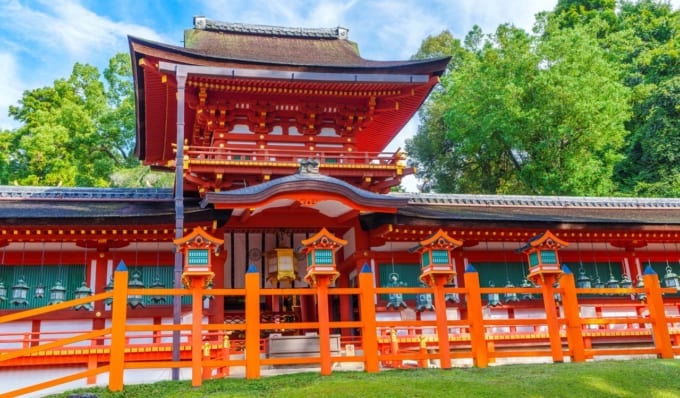
Kasuga Taisha Shrine, a famous landmark in Nara Prefecture, is registered as a UNESCO World Heritage cultural property due to its historical significance. It is said that when the capital was established in Nara, the shrine was built to honor Takemikazuchi-no-Mikoto on Mount Mikasa and Ukigumo Peak.
Later, in 768 during the Tenpyō era, Kasuga Taisha was constructed at its current location by the imperial order of Empress Shōtoku. The four deities enshrined here, including Takemikazuchi-no-Mikoto, are revered as gods of love and peace who successfully negotiated with various deities for Japan’s well-being.
2.Tamakijinja Shrine
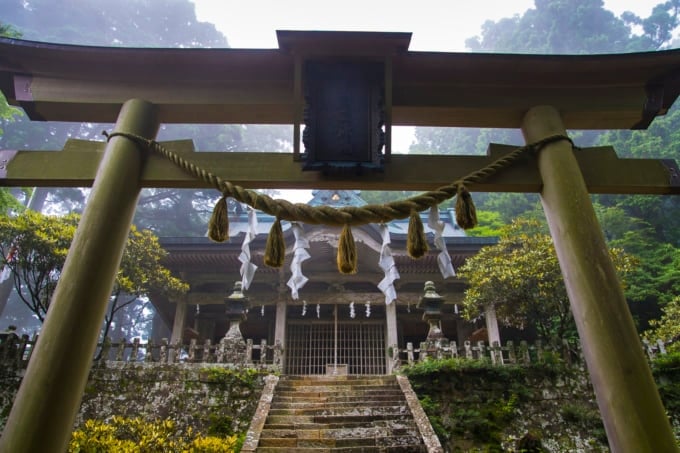
Mount Tamaki is one of the sacred peaks in the Omine Mountain Range, and near its summit, at the ninth station, lies Tamakijinja Shrine. It is recognized as part of the UNESCO World Heritage Site "Sacred Sites and Pilgrimage Routes in the Kii Mountain Range." The Kii Mountains, located near the ancient capitals of Asuka, Nara, and Kyoto, have long been places of spiritual devotion.
It is said that Emperor Sujin founded the shrine in 37 B.C. along with Kumano Hongu Taisha, making it a historically significant site. In the past, it served as the guardian shrine of the Totsukawa region. Within the precincts of the auxiliary Tamaiseki Shrine, a sacred pure white stone is enshrined, known as a powerful energy spot and the origin of the name "Tamaki." It is customary to visit Tamaiseki Shrine before the main shrine. As one of Japan’s most renowned power spots, this is a must-visit place.
Name: Tamakijinja Shrine
Address: 1 Tamakigawa, Totsukawa Village, Yoshino District, Nara Prefecture
Official Website: www.tamakijinja.or.jp
3.Tōdaiji Temple
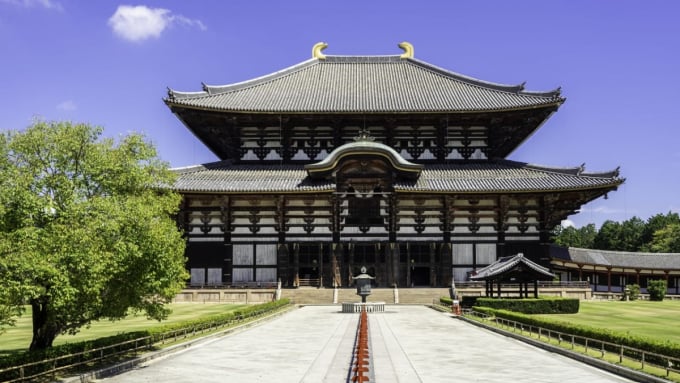
Tōdaiji Temple is a sacred power spot built during the Nara period by Emperor Shōmu, who aimed to protect the nation through Buddhism. The Great Buddha was enshrined here as a place for prayers for a peaceful world, advancements in architecture and flood control, and the improvement of welfare and healthcare.
The Great Buddha stands approximately 15 meters tall, ten times the size of an ordinary statue of Buddha. Its main blessings are for "safe childbirth" and "good health." One of its most famous rituals, "Omizutori," has been held continuously for 1,250 years. This ceremony, performed by 11 selected monks, involves drawing sacred water from a well and marks the arrival of spring.
Even today, Tōdaiji remains a powerful spiritual site, carrying on its legacy of blessings and energy.
Name: Tōdaiji Temple, Head Temple of the Kegon Sect
Address: 406-1 Zoshi-cho, Nara City, Nara Prefecture
Official Website: www.todaiji.or.jp
4.Yakushiji Temple
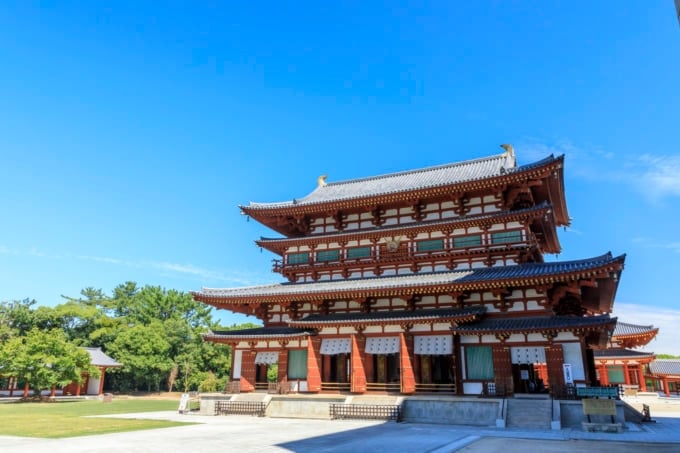
Yakushiji Temple in Nara Prefecture is a powerful spiritual spot and the head temple of the Hossō sect. It was commissioned in 680 during the reign of Emperor Tenmu and was completed later in Asuka during Emperor Monmu’s reign. The temple was later relocated to its current site when the capital moved to Heijō-kyō (Nara).
The Yakushi Nyorai statue enshrined in the main hall, also known as the "Medicine Buddha," is believed to heal both physical ailments and inner suffering. The temple is also famous for its Twelve Divine Generals, each with distinct facial expressions. Many visit this power spot to pray for recovery from illness, longevity, and overall well-being.
Name: Yakushiji Temple
Address: 457 Nishinokyo-cho, Nara City, Nara Prefecture
Official Website: www.nara-yakushiji.com
5.Kōfukuji Temple
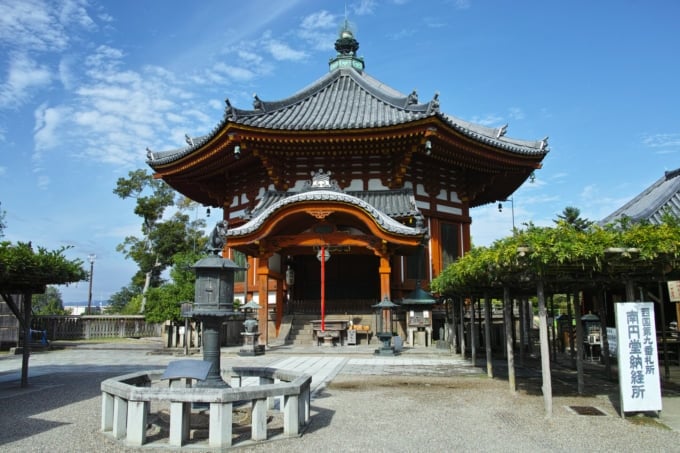
With a history spanning over 1,300 years, Kōfukuji Temple is a unique power spot with a special rule: you must only make one wish at a time. This is because the Ichigon Kannon, enshrined on the north side near the Southern Octagonal Hall (Nanen-dō), is a deity who grants only one sincere wish per person.
The temple originated as Yamashina-dera, built during the reign of Emperor Tenchi in the Yamashiro Province. It was initially constructed by Lady Kagami, the wife of Fujiwara no Kamatari, to pray for his recovery from illness. Later, when the capital moved to Nara, Fujiwara no Fuhito planned its relocation to its current site, renaming it Kōfukuji. The temple underwent significant renovations under the patronage of the imperial family and the powerful Fujiwara clan, making it one of the four great temples of the Nara period.
Name: Kōfukuji Temple
Address: 48 Noborioji-cho, Nara City, Nara Prefecture
Official Website: www.kohfukuji.com
◎ Summary
From the construction of the Great Buddha at Tōdaiji, led by the monk Gyōki, to the numerous temples built to ensure peace and protection through Buddhism, Nara Prefecture is home to some of Japan’s most sacred spiritual sites. Many temples were relocated from the capital of Asuka when Nara became the new seat of power. Additionally, the Kii Mountain Range, a well-known center of ancient mountain worship, holds significant power spots. Nara Prefecture is truly a land of timeless spiritual energy, with power spots that have shaped Japan’s history for over a thousand years.
RELATED ARTICLES
REGIONS
CATEGORIES
FEATURED ON power spot
-
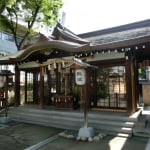
[Osaka] What Are the Benefits of Samuhara Shrine? A Complete Guide to Its Omamori and Goshuin
-
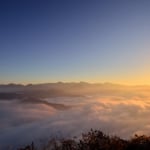
Sacred Land of the Gods in Kyushu: 5 Recommended Power Spots in Takachiho
-
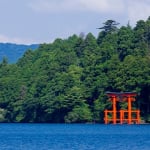
Charge Your Luck! 4 Carefully Selected Power Spots in Kanagawa for Blessings
-
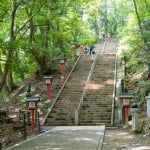
Hidden Power Spots in Tokyo – Recommended Spots for Boosting Your Energy and Enjoying Blessings While Sightseeing
-

What’s the Appeal of Yoyogi, Where You Can Fully Enjoy Urban Nature? 5 Must-See Tourist Spots
MOST POPULAR ON power spot
-
 1
1Doha: Must-see Attractions in the Capital of Qatar
-
 2
2Toronto: 10 Things to do in this Picturesque Canadian City
-
 3
3Amarillo: A City Famous for It’s Amazing Canyons, Great History and Music
-
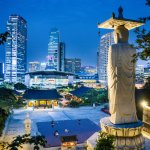 4
4South Korea: Dazzling Scenery, Rich Culture and Fascinating History
-
 5
5Kuwait: A Country in Middle East Asia Famous for Hot Sand Dunes and Stunning Cityscape

